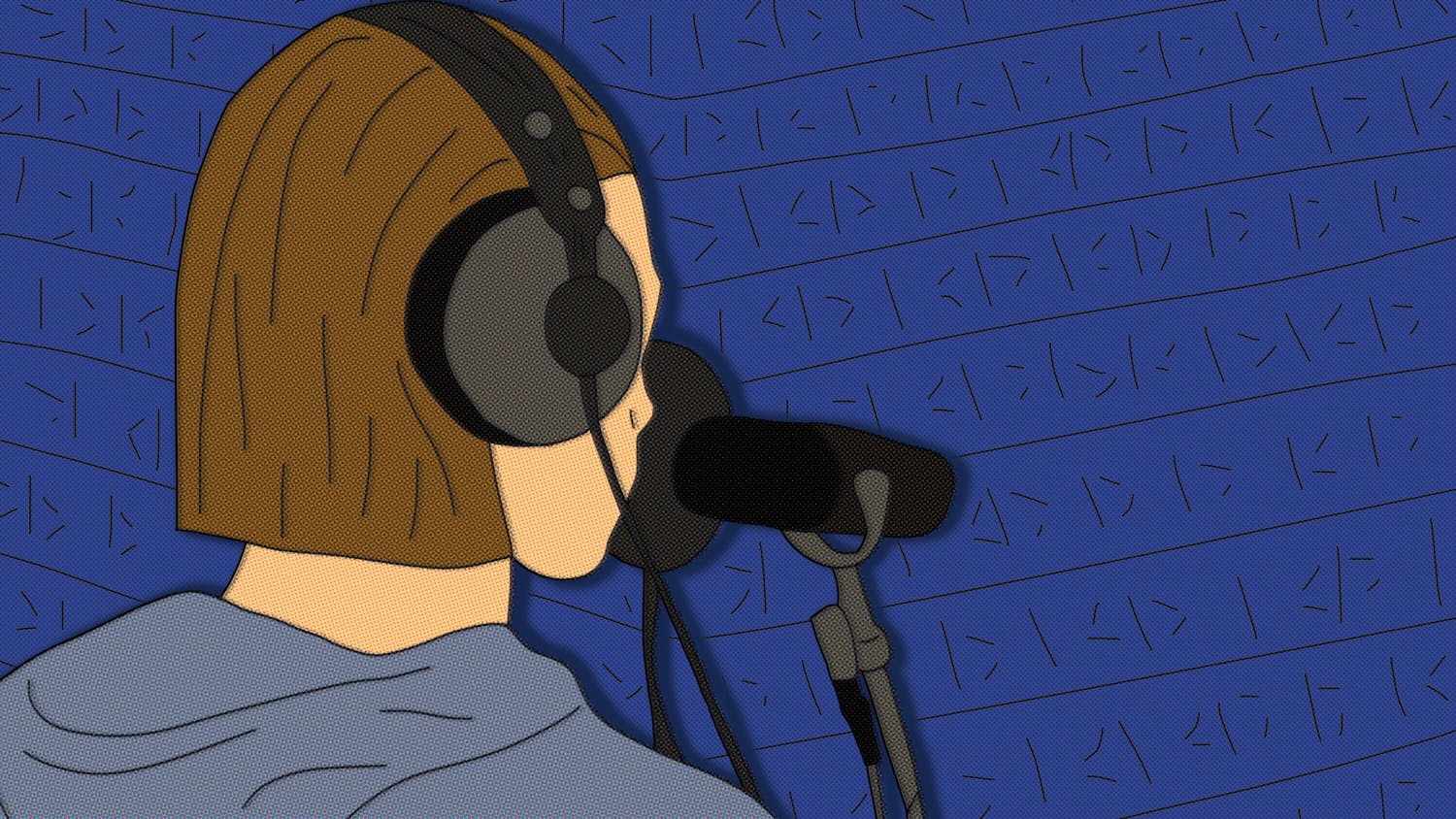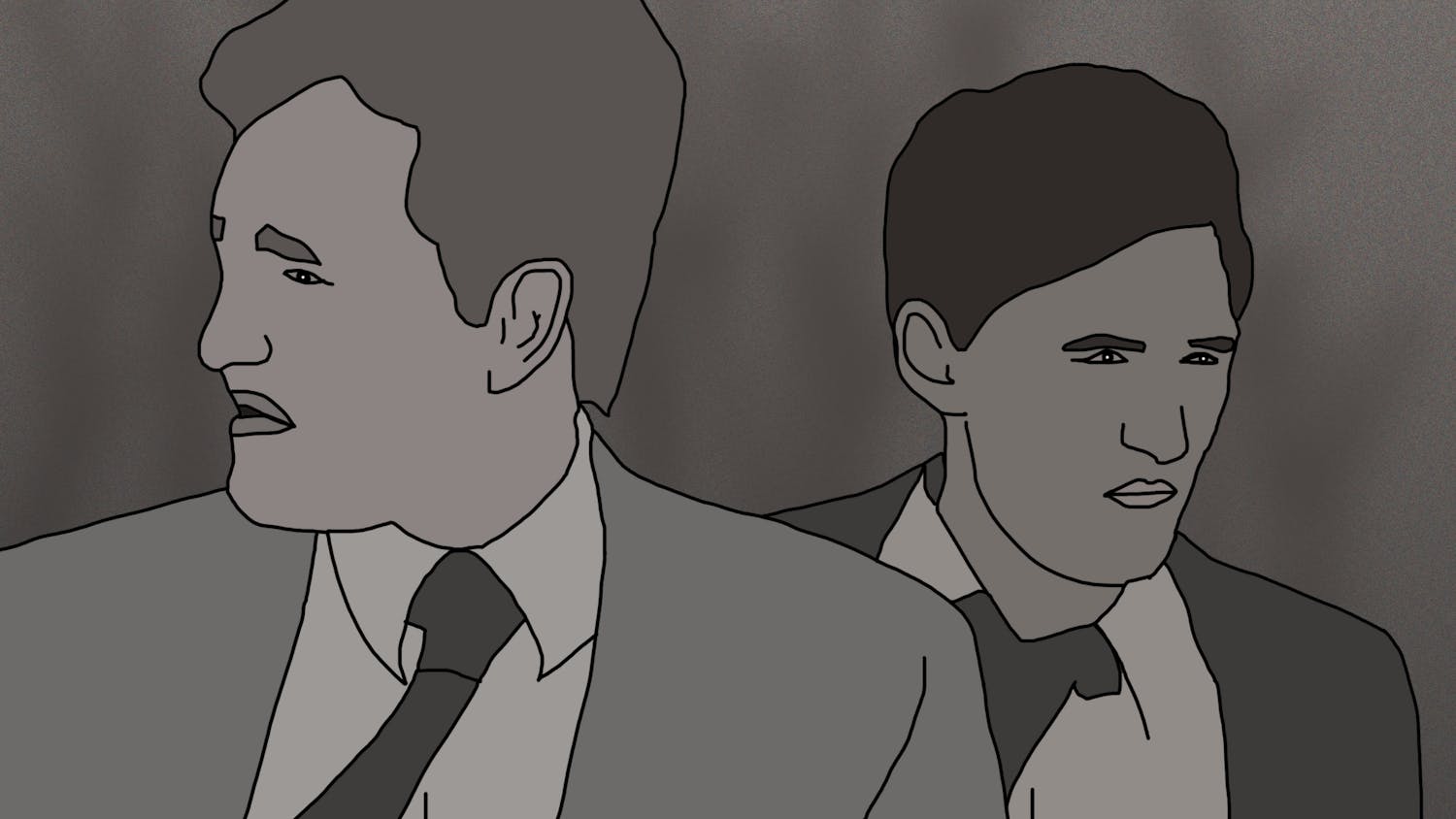If you find yourself heading north this spring, take a moment in the evening to look at the Big Dipper. It’s is the larger of Ursa Major’s two asterisms — an asterism being a recognizable shape within an existing constellation. Ursa Major is the Great Bear, with an abnormally long tail. The tail is what makes up the handle of the Big Dipper. The Dipper is a useful asterism to find your way around the sky. The two end stars of the bowl align with Polaris, the North Star. On the other end, if you follow the handle of the Dipper, it points to the fourth brightest star in the sky — Arcturus in Boötes. If you look after 10 p.m., it looks like the handle then extends east to Spica. (Not the really bright one, it’s the dimmer of the two.) Spica is the brightest star in Virgo and paired with Jupiter, the second brightest planet. I have spent a good amount of time describing Jupiter in relation to the other gas giants, so I’ll instead use this article to talk about Io.
Looking through a telescope or binoculars, four small spots can be seen circling Jupiter along its equator. These are called the Galilean moons, named after their discoverer. Working outward, they are: Io, Europa, Ganymede and Callisto. They are large moons, the last two are even larger than Mercury (though Mercury’s substantial core makes it almost as massive as all of the Galileans combined). All of the moons are tidally locked to Jupiter and see Jupiter’s face go through phases as they orbit. On Callisto, a million miles away, Jupiter would appear stationary in the sky, eight times larger than a full Moon. On Io, closest to Jupiter, one would see it looming in the sky in its full phase almost 40 times larger than the Moon. Io’s own shadow would be seen cast upon Jupiter’s atmosphere. Io is so locked to Jupiter that every orbit it passes directly in front of Jupiter and eclipses part of the sun. On the opposite end, every time it passes behind Jupiter, Io gets lost in a shadow itself. Europa and Ganymede have similar low-inclination orbits, so they too can eclipse Jupiter and be eclipsed by it.

Note Io’s yellow color. This is from the sulfuric lava covering the surface. Image via Scienceblogs.com
Io, Europa, and Ganymede orbit Jupiter in such a way that for every one complete orbit of Ganymede, Europa has completed two orbits and Io four orbits. That motion, along with its frequent alignment of moons and Jupiter, causes stresses at regular intervals. Ganymede’s orbit is seven days, three hours. Ganymede is the largest moon in the solar system, and its pull on Io is a strong one. In the direct opposite direction, the most massive planet in the solar system is pulling the other way. This opposition rends the surface of Io, opening cracks and spewing sulfur-choked lava hundreds of miles into space. More than 400 active volcanoes dot the surface of Io, though I hesitate to call the molten world solid enough to be a surface. It is a place so hellish that the atmosphere is made up of the ground blasted into a gaseous form.

New Horizons caught these images of three active volcanoes on Io while en route to Pluto. Image via Wikimedia Commons.
The superheated plumes of ejecta get swept up into Jupiter’s strong magnetic field. It is thought that Io’s intense production of molten material is a main component of the deadlier side of Jupiter’s radiation belts. Jupiter has a very large magnetic field which traps the charged particles spewed by Io’s volcanism. They then whip around the planet in a donut-shaped orbit shared by Io. On Earth, a similar collection of super-charged particles is called the Van Allen belts. Earth’s magnetosphere is far weaker than Jupiter’s, so it is possible for a human to pass through the belt and survive. Passing through Jupiter’s field it would be, in a few words, very bad for your health.

In this Hubble Space Telescope image, bright aurorae circle the north pole of Jupiter. Image via Wikimedia Commons.






